
The heated topic of income inequality is generating a range of perspectives globally with everyone from Bill Gates to Democratic Presidential candidates to philanthropist Sandy Weill, weighing in as he did recently when his recent gift of $106 million to fund a neuroscience hub at the University of California, Berkeley was announced. “Our government is well-served by intelligent philanthropists that are putting some of the brains that helped them make money in the private sector to really work in conjunction with the public sector to make things better,” he said. “Partnership is the real word.”
A recent episode of “The Daily Show,” the Microsoft billionaire told the host Trevor Noah that his philanthropic organization, the Gates Foundation, could mobilize faster than governments to fight the coronavirus outbreak. Gates said the top seven vaccine candidates would be picked, and then building manufacturing capacity would be built for them. “Even though we’ll end up picking at most two of them, we’re going to fund factories for all seven, just so that we don’t waste time in serially saying, ‘OK, which vaccine works?’ and then building the factory,” he said. The Gates Foundation told Business Insider it was exploring using “catalytic funding” to get the process moving alongside governments and other entities.
The UBS/PwC Billionaires Report 2019 reinforces these statements indicating self-made billionaires globally are using their business experience to drive impact through philanthropy. The report cites:
— Traditional grant-giving is evolving into strategic philanthropy and championing some ambitious causes.
— Philanthropists are also increasingly collaborating to make a difference, with other billionaires, NGOs, charities and governments.
— Billionaires are using their wealth, problem-solving skills, networks and influence, to develop new models of philanthropy which achieve the greatest impact.
We also see this trend to embrace collaboration between philanthropists, NGO’s, charities and governments globally and in North America, as exemplified by two amazing organizations, The Community Foundation of Ocala /Marion County and The Impact Foundry in Sacramento California.
Lorin Deiorio, Executive Director of the Community Foundation of Ocala/Marion County recently described such a collaboration between the foundation, the hospital district, the city and county and Advent Health for a pilot program to address the growing demand for services provided to the residents of the county. Initial stages of the program are designed to evaluate existing duplication and anticipated gaps in services and to build the capacity of the approximate 350 free standing nonprofit organizations serving the residents of the county.
Key to this initiative is a grant services department within the foundation that provides sponsored nonprofit organizations strategic planning, financial and accounting resource counselling, ancillary CEO mentoring and board governance and development resources. This innovative collaboration ultimately seeks to create a continuum of services to meet the increasing needs of the community which can’t be addressed solely through the city and county, the hospital district, the private sector or philanthropy.
An Associate who recently joined the firm, Tiffany Rosso, MNA, described a similar model provided by The Impact Foundry, Northern California’s Nonprofit Resource Center, where she serves as the Director of Capacity Building. The mission of the Impact Foundry is to contribute to an effective and equitable social sector by bringing business, government, philanthropy and nonprofits together for meaningful collaboration and to provide best-practice training and technical assistance. This collaboration is allowing Tiffany to build a sustainability plan for approximately forty nonprofit organizations in Sacramento through immersion in five key areas of support; revenue structure, change management, operational framework, brand and constituent engagement and cultural responsiveness.
Pro Bono Australia reports The Ian Potter Foundation (IPF) and The Myer Foundation (TMF) announced joint funding of a new national centre to be an independent source of water and catchment policy advice, leading to improved management of Australia’s land and water management. Craig Connelly the IPF Foundation CEO, explains the national centre would convene experts, policymakers, industry, and communities to assist government to deliver policy settings to achieve improved and sustainable management of Australia’s freshwater resources.“It is envisaged that the centre will utilise a unique approach that prioritises decision-making processes and uses models of collaborative policy co-design to identify solutions. Philanthropy was perfectly placed to deal with such significant, challenging and socially important issues”.
Another report by Pro Bono Australia profiles an innovative collaboration to tackle the complex social issues of chronic homelessness. The Journey to Social Inclusion (J2SI) social impact investment transaction was developed by Sacred Heart Mission (SHM), the National Australia Bank and the Victorian government in 2017/2018. It is the first transaction in Australia to include guarantees from philanthropy in the delivery of a government pay-for-performance contract.
Each of these examples underscores how important innovation is to address some of our most complex social and environmental challenges. Impact investment in coordination with community, private, government, and philanthropic sectors, can collectively tackle the growing complexity of issues facing the world on a local and global scale.
S. Sutton & Associates Inc.’s global network of consultants provides customized Innovation Teams of subject experts with specific technical expertise, uniquely positioned to help nonprofit organizations, philanthropists, public and private sector entities maximize their partnerships to achieve significant impact. Contact us today for a complimentary consultation.


Impact Assessments:
The Purpose and Value of Impact Assessments for Nonprofit Organizations
Harvard Business Review recently published a brief article detailing new research being conducted on donor behavior during fundraising campaigns. “Idea Watch” reveals that donors were more likely to give if they knew their donation created a “tipping point” towards achieving a specific goal. Put simply, donors are more likely to give when told how their contribution impacts the fundraising campaign, and when they know where they stand relative to other donors. As donors become more interested and outspoken about transparency, impact assessments become a significant tool for nonprofits to communicate achievements to stakeholders, and to show the value of contributions. Impact assessments help measure and evaluate the overall effect that a nonprofit has made in its sector.
Impact assessments include complex metrics but different stakeholders care about different metrics. For example, donors may prefer assessment measurements related to the overhead of a nonprofit’s operations, while board members may prefer data on total donations accrued during fundraising initiatives. Researchers from McKinsey &Company note that even when metrics are collected and communicated, they might not accurately capture the progress made towards a goal, or offer commentary on the overall success of a nonprofit’s mission. Balancing quantitative and qualitative evidence to analyze overall impact can be a challenge that some nonprofits, especially small limited-capacity organizations, are not equipped to take on.
Nonprofits need impact assessments to clearly demonstrate their progress in fulfilling their mission and meeting short- and long- term goals. To accomplish this, McKinsey & Company describes three different categoriesof performance metrics to measure: mobilization of resources; staff or volunteer effectiveness; and, fulfillment of mission statement and goals.
“Philanthropy Impact” indicates that donors can effectively hold nonprofits accountable for: measuring metrics; openly communicating the results; and committing to improvement. To monitor the efficacy of a nonprofit, donors should look beyond anecdotal evidence and focus on evidence from a nonprofit’s publications, monitoring reports, survey and questionnaire results, third-party audits, and impact assessments.
Impact assessment should communicate achievements and shortcomings to improve service offerings, support, and operational practices. In the last decade, donors and non-donors alike have been outraged by ethnical misdeeds, crises, scandals,and other unsavory behavior in nonprofit circles. Skepticism abounds when organizations lack transparency or are unwilling to admit to faults or limitations. These sentiments become stronger if an organization actively avoids or covers up problems. Even the most successful and reputable nonprofits need to acknowledge their shortcomings and commit to improvement. Admitted weaknesses revealed by candid impact assessments bolster consumer confidence when accompanied by a strategic plan for improvement. Resilient and productive nonprofits don’t shy away from self-improvement, which requires critical analysis and reflection, coupled with strategic action.
S. Sutton & Associates Inc. can help you assess your impact. Contact us for more information.



Institute for Integrated Transitions
Campaign Feasibility Study, Facilitation and Training
Formed in 2012 and influenced by the optimism and exigency that surrounded the Arab Spring movements, the Institute for Integrated Transitions (IFIT) guides states through the complications and challenges inherent to the negotiation process that occur during transitions from conflict to peace, from upheaval to stability, and from crisis to order.
IFIT’s objective is to help bring about the individual and collective benefits of increased national stability, inclusiveness, and dynamism that arise from the increased cohesion and effectiveness of local and national policymakers and civil society leaders vis-à-vis the intended final beneficiaries (namely, affected populations).
From its headquarters in Barcelona and with a regional presence in Bogotá, IFIT nurtures and facilitates the creation of global and local networks of policymakers, experts, practitioners, and influential civil society members who work together to negotiate peace and reconciliation in conflict zones around the world. IFIT has established itself as the leading international NGO focused on the integration of policymaking in contexts of negotiation and transition in fragile and conflict-affected states. It serves as an independent and impartial platform for generating creative, realistic, and principled ideas with the aim of expanding the range of perceived options available to advance peace, transitional justice, and reconciliation.
The Institute’s global team of experts currently includes 25 fulltime and part-time staff, 25 Board and International Advisory Council members, and an additional 150 expert-practitioners belonging to its purpose-built thematic practice groups and in-country brain trusts.
S. Sutton & Associates Inc. was enlisted in 2019 to conduct a Campaign Feasibility Study with the following deliverables:
- Organizational assessment of existing fundraising activities, structure, and opportunities for future development
- Back office operations review to evaluate the capacity of IFIT to support fundraising initiatives and recommendations to enhance these efforts
- Growth analysis with strategic recommendations that include priority levels, associated timelines, and opportunities for revenue growth in the areas of restricted program and/or operating support, endowment, and keystone projects such as the treaty framework
- Donor and stewardship database review to determine opportunities for giving and engagement among current and future supporters, including evaluation of organizational partners in focus countries
- New prospect identification assistance to help identify new donors and potential campaign cabinet members
- Campaign Goal and Framework that encompassed the above findings and informed strategies and implementation for a large-scale capital campaign
Our subsequent project in 2020 built upon the Campaign Feasibility Study to:
- Develop and facilitate a prospect screening survey with select IFIT leadership and volunteers.
- Develop a Case for Support.
- Conduct prospect research on individual, foundation, and corporate prospects.
- Work with IFIT leadership and volunteers to develop gift strategies for top prospects and provide training to engage and activate leadership and volunteers in a robust multi-channel institutional advancement enterprise.
To best address IFIT’s unique needs and fundraising goals, S. Sutton & Associates Inc. assembled a strong Innovation Team of Associates as follows:
Anandita Ghosh, Prospect Research, Data Analytics
As a Junior Associate with more than five years of experience, Anandita Ghosh has expertise in the following areas: Advancement Services, Business Process Improvement, and Information Science.
Anandita has an impressive track record of applying her research skills to the nonprofit sector, helping philanthropies to employ data and analytics to advance development initiatives and hone their strategic policy.
Beth Heiter, Development Program Review & Expansion Strategies
Beth Heiter is an Associate with more than 12 years of experience, specializing in Development Program Review and Expansion Strategies, Pipeline Development, Direct Marketing, and Strategic Program Development. Beth is a seasoned development professional who consistently applies an analytical framework to development strategy enabling nonprofits to achieve strong fundraising results and grow their donor portfolios.
Brittany Gataveckas, Donor and Constituent Engagement
For the past seven years, Brittany has worked with elite clients in Canada’s private, higher education, and nonprofit sectors. As a Junior Associate, she specializes in the design and application of complex projects and is skilled in mixed-methods research, critical analysis, and strategic communications.
Carrie Wallinger, Donor & Constituent Engagement, Corporate Social Responsibility
With more than ten years of experience in the nonprofit sector, Carrie Wallinger is an Associate with S. Sutton & Associates Inc. She specializes in: Donor & Constituent Engagement, Corporate Social Responsibility, and Fundraising and Strategic Planning. Carrie is a skilled strategist with an aptitude for storytelling and engaging different audiences.
Christopher Clinton Conway, Fundraising Campaigns & Strategic Planning
As a Senior Associate with more than 20 years of experience in the nonprofit sector, Christopher Clinton Conway possesses expertise in the following areas: Fundraising Campaigns & Strategic Planning, International Fundraising, Major & Principal Gifts, and Planned & Legacy Gifts. Christopher is a highly sought-after, globally engaged nonprofit leader with extensive experience advising and overseeing multimillion-dollar fundraising campaigns for elite clients.
Debbie Perrone, Corporate and Foundation Relations
As an Executive Associate, Debbie Perrone is a nationally recognized fundraising professional with more than 35 years of experience. She specializes in corporate and foundation relations. Her skills include strategic planning, program management and innovation, proposal preparation, and professional training.
Michelle Mazzoni (Thomas), Project Manager
With more than 17 years of experience in project management, marketing, and business development, Michelle Mazzoni is an Associate with S. Sutton & Associates Inc. As a Certified Associate of Project Management from the reputed Project Management Institute, Michelle is highly capable of overseeing complex projects and producing quality results that advance stakeholder engagement.
Sherryl Fisher, Prospect Research
With more than 30 years of experience in the nonprofit sector specializing in Advancement Services, Sherryl Fisher is an Associate who brings a wealth of knowledge to the field of Prospect Research. She also has extensive experience in project management.
This example of the customized Innovation Team S. Sutton & Associates Inc. assembled for each specific project is illustrative of the collective expertise and collaborative efforts enabling organizations to further their fundraising goals. We can help with a customized Innovation Team to fit your unique circumstances. Let’s talk!

The Dos and Don’ts of Nonprofit Data Analysis
Why These Metrics Matter
While nonprofits come in many shapes and sizes, the use of data is common and, in many cases, required across the industry. In order to bolster a nonprofit’s reputation, increase accountability, adhere to public disclosure requirements and maximize their file of donors, philanthropic professionals are increasingly trained in data collection, analytics, and reporting. In fact, having a data-driven fundraising approach often makes the difference between a thriving nonprofit and one that leaves money and opportunity on the table. However, the challenges and questions inherent within the science of analyzing raw data can easily overwhelm philanthropic professionals:
- How much data needs to be collected and how frequently?
- Are you collecting the right data?
- What is the best way to measure and evaluate impact?
- What information do donors want to see reported?
- What purpose does collected and analyzed data serve?
A number of organizations and consultancies have developed guides, toolkits, software, and informational articles designed to help philanthropic professionals tackle these difficult questions. Some of these approaches, like that of Jacobson ConsultingApplications (JCA) and IBM target specific areas such as fundraising; others, including BizTech and DLN have a more holistic or systematic approach and describe how data analytics can be used to drive many indicators or goals within a nonprofit organization.
In order to use data effectively, nonprofit organizations need to begin by collecting the right information. Metrics related to donor contribution, retention, attrition, moves, engagement, capacity, and frequency are all important to identify and understand broad and minute trends in giving. Moreover, different nonprofit departments or individuals will require different metrics to drive success; the metrics required by marketing to plan an upcoming campaign will not be the same as the metrics required by IT to implement a new fundraising application. Identifying the specific metrics that matter to everyone in your organization might be a challenge, but the sooner you begin collecting, tracking, adjusting, and analyzing data, the sooner you can benefit from these findings to fine- tune your fundraising campaigns, marketing strategy, and operational platform.
There are a vast array of data analytics tools that are designed to help nonprofits solicit donations and launch fundraising campaigns. Wealth screening and predictive modelling tools are vital when it comes to intelligent fundraising and elevating your analysis capabilities above the competition. While nonprofit professionals may be tired of hearing about wealth screening, it has created a more streamlined and intuitive system for approaching prospective or new donors.
A wealth screen tool can provide you with ample information on how to strategically engage a new donor for effective cultivation before you begin the process. Likewise, predictive modeling tools can help drive targeted fundraising campaigns by examining the behaviors of your donor base and using these results to determine other like-minded potential donors. Identifying key traits and behaviors common to your donors lowers the risk of ineffective fundraising campaigns and wasted dollars spent on engaging those unlikely to give. It’s remarkable what data analytic tools can add to your fundraising and development arsenal!
At the same time, the data analytics process can be convoluted, and confusion can abound for a number of reasons. One of the most prevalent “bad practices” among nonprofits is the disorganization of collected data.
Oftentimes, organizations store similar data in multiple places, and many employees or volunteers have access to this information without tactics for coordination. Organizations must be diligent in avoiding the duplication and mishandling of resources by crafting a widely communicated and clearly delineated data management plan that discusses the maintenance of a database of record, how relevant data should be transferred to the database, and an accessibility policy to avoid the problem that comes from having too many unregulated users. Formulating a comprehensive data management strategy can ensure that employees and volunteers have the most up-to-date information when approaching donors, funders, and recipients, leading to more robust fundraising drives, donor engagement, and reputational awareness.
While quantitative metric is the name of the game when it comes to data analytics, qualitative analysis is key to mobilizing data in support of your broader mission, goals, and initiatives. Figures may reveal ebbs and flows over time, but these trends must be critically evaluated not just for internal causes, but within a broader perspective. For example, let’s say marketing analytics is one of the key metrics your nonprofit measures; over the course of a year, you have measured the average donation amounts for three different marketing campaigns. If you analyze the data with an internal lens, you may find that donations are influenced by the type, length, timing, sequence, and message of a specific marketing campaign. These are valuable differentials that can help you plan future campaigns moving forward. At the same time, by extending your analytical lens to appraise conditions outside of your nonprofit organization’s control, such as the economic climate, fundraising drives by competing nonprofits, or the development of a major scandal within the nonprofit sector, you can develop a more nuanced understanding of success and shortcoming.
A number of business intelligence tools and technologies have been designed as efficient, proactive platforms for nonprofits to collect and analyze relevant data to drive decision-making, inform strategic planning, and communicate results to diverse stakeholders. At their core, business intelligence tools help nonprofits answer the question: what purpose does data serve? Without a goal driving the process, the collection and analysis of data lacks focus or intention. Without an overarching objective or plan, amassing data for data’s sake can result in incomplete or unorganized databases, the hoarding of unfiltered information, and missed opportunities for growth and improvement.
Business intelligence tools can provide a foundation so that nonprofits can identify gaps and strengths in performance, inform strategic goals for years to come, and secure buy-in from different stakeholder audiences.
While S. Sutton & Associates Inc. believes in capitalizing on the latest advances in technology, we also understand that nonprofits can benefit from a more individualistic approach to data collection and analysis. Our team at S. Sutton & Associates, Inc. has the know-how to assist your nonprofit not just in the collection, management, and analysis of data, but in the transformation of data into strategic action. Contact us for more information.



— Market Watch reports unequitable allocation of nonprofit dollars in the United States with only 45,000 of the more than 1 million nonprofits focused on women and girls and only 1.6% of charitable dollars allocated to women-focused nonprofits.
— Melinda Gates recently announced a $1 Billion gift to strategically fight barriers facing women while encouraging others to make financial contributions toward alleviating inequality for women and girls in the United States and around the world.
— According to the Charities Aid Foundation, Charitable Giving in the USA report, there is a rise in charitable activity across the United States, moving from 55% in 2017, to 62% in 2018 and rising to 70% in the last 12 months.
— According to the 10-year CAF World Giving Index, the charitable giving climate in Canada is favorable with Canada’s Social Sector comprising 8.1% of its national GDP and employing 11% of its economically active population. Canadian optimism in its charities is evident in that 4 out of 5 Canadians indicate “a lot” or “some” trust in Canada’s social sector.

— Ranked 7 out of the 10 most generous countries in the CAF World Giving Report, the United Kingdom is one of the most charitable countries across the spectrum with 87% of its population donating or volunteering last year according to the YouGov Analysis on Charity in Britain whitepaper. While the study reports an optimistic outlook on charitable giving over the course of the last decade, the Telegraph UK reports that while the worldwide generosity scale is highest in Europe, there has been a downward trend in donations. Some point to the continued aftermath of the financial crisis in countries such as the United Kingdom, Canada, Ireland, and the Netherlands, as well as the United States.
— France has been known to have the most favorable legal and fiscal environment to support philanthropy. There are approximately 2500 foundations contributing 11 billion Euros each year to advance social change. However, Europe today is facing a shrinking space for civil society that can pose a threat to French foundations. To address this issue, more than 800 representatives from French foundations and the public-benefit sectors were invited by Centre Français des Fonds et Fondations to attend a debate entitled, “In the Face of Social Challenges Foundations Acting at the Heart of the Public Interest,” at the Théâtre du Châtelet in Paris. The former President of France, François Hollande, was among the speakers at the debate. This event mobilized foundations dedicated to serve the general public interest to shared action.
— Across Europe, there are attempts to create strong cross-party alliances to support philanthropy. Members of the European Parliament, representatives of the European Commission and the European Economic and Social Committee, and relevant stakeholders from philanthropy met in Brussels in early October to discuss ways of encouraging cross- border generosity. Nicola Beer, the European Parliament’s Vice-President, believes there is much untapped potential for foundations and civil society organizations. Maria Da Graca Carvalho, Member of the European Parliament for Portugal, indicated that foundations play a vital role in society as they concentrate on areas that are neglected by the for-profit and public sectors, and can make significant progress redressing inequality and social and political divisions.

— Mastercard Foundation is making an initial investment of $200 million in Senegal and Ghana to create 60 million jobs by 2030. The “Young Africa Works” initiatives are part of Mastercard Foundation’s overarching commitment to building sustainable communities in Africa with 10 country-focused initiatives throughout the continent of Africa.
The Foundation is working with Ghana’s government to institute the Young AfricaWorks in Ghana initiative, which is aligned with the Republic of Ghana’s 2018 Agenda for Jobs: Creating Prosperity and Equal Opportunity for All that lays the framework to position the country as a global entrepreneurship and technology hub, paving the way for 30 million youth to be employed by 2030. Similarly, the Young Africa Works in Senegal initiative is aligned with the Senegalese Government’s Plan for an Emerging Senegal (PES) to employ 30 million youth with substantial, meaningful work by 2030. The focus will be on small business, improving the agricultural value chain, and improving education and training in the country.
— Jack Ma, founder and former CEO of the Chinese multinational conglomerate, Alibaba, is redirecting his life’s work toward education through the Jack Ma Foundation. Ma will focus his efforts on empowering African youth and to discover young entrepreneurs and business leaders who can uplift Africa in the decades to come. “The goal is to make these African entrepreneurs the ‘heroes,’because entrepreneurs are the ‘most important element to develop a society,’” said Ma.
— A 2019 study published on the state of giving in South Africa found that 8 of 10 South Africans had provided charitable donations in the last 12 months. While South Africans are less likely to volunteer their time, 73% of those studied donated cash. Women and young people compose more than 80% of those providing charitable donations in South Africa. The study suggests that the country will continue to develop its rate of giving and that the majority of giving is focused on providing support for the economically challenged, children, and religious organizations.

— Azim Premji became India’s and one of the world’s most generous billionaires earlier this year by announcing a $21 billion donation to Wipro’s charitable arm, the Azim Premji Foundation. The funds will be allocated toward educational initiatives and he has hinted at giving more through the Giving Pledge. The $21 billion donation reduces Premji’s wealth by 80% to 4.4 billion.
— Premji’s gift came at an auspicious time when India’s mega-rich are being encouraged to be more generous with their wealth. By 2027, India’s cumulative wealth is estimated to reach $25 trillion. According to The Economic Times, compared to American Times,
compared to American billionaires such as the Gates, Rockefellers, and Mellons, India’s billionaires view philanthropy as a means of tax-planning. The Economic Times reports that “wealthy families in India – excepting the likes of Premji, Nandan Nilekani, Kiran Mazumdar-Shaw or Nadar – put aside less than 0.2% of their wealth for philanthropy, compared to at least 2% by their US counterparts. It is anticipated that the generosity of Premji, along with his fellow Indian philanthropists committed to contributing their wealth to philanthropy will inspire a trend of giving in India in coming years.

— The 2019 Israeli Philanthropy Conference unveiled a number of findings on Israel’s present-day philanthropic trends as follows. More than half of major foundation gifts in Israel are directed to education and with a significant portion to research universities. Low dollar donors focus on opportunities for collaboration between organizations compared to high dollar donors.
A full study on these findings will be published by the Jewish Funders NetworkIsrael in coming months. Further, according to Jewish Post, urban philanthropy has escalated as Israel focuses on meeting the needs of its cities and inhabitants and away from allocating nation building resources, which has been the focus of Israel since its founding in 1948.
— The United Arab Emirates participated in the 74th session of the United Nations General Assembly to contribute, address, and arrive at solutions in advance of the United Nations Sustainable Development Goals of 2030. A highlight of the meetings included the announcement of Aziz Al Ghurair of the UAE’s $10 million donation to ensure the Global Muslim Philanthropy Fund for Children to achieve its Sustainable Development Goals.

— Environmental issues such as plastic waste in the world’s oceans have provoked Forbes to call for a social enterprise to ameliorate the crisis. Emerging economies in East Asia lack recycling and waste management infrastructure, and it is estimated that these countries contribute 45% of the world’s plastic leakage into the ocean. Forbes calls for philanthropic social enterprise to focus on “incubating, measuring, and amplifying the ecosystems of local innovative solutions” and asserts that “philanthropic capital can strengthen the pipeline of future investable solutions by proving concepts and ultimately giving institutional investors the playbook they need to unlock investment at scale” to help solve the ocean’s plastic waste crisis.
— The South China Morning Post reports that mainland-Chinese property firms collectively donated $8.1 billion in charitable donations, which has more than doubled the last two consecutive years of giving. This data suggests a growing trend toward philanthropic giving in China.
— Japan Today, posits why Japan is considerably less charitable than the US, UK, and Korea, suggesting two historical societal factors at play. Following WWII, Japan was able to sustain a predominantly middle class society that lasted for half of a decade, equalizing society and reducing the perceived need for charitable support. In the 1990s the Kakusa Shakai “gap society” between the rich and poor began, but a growing lack of adherence to Buddhist principles and a lack of tax incentives have contributed to comparatively low philanthropy.

— Vox.com reports Venezuela’s heightened political strife, government reallocation of resources, discouragement of charitable dollars and programming from outside of the county and economic disruption have led to donors turning to cryptocurrency to transfer funding in support of civil society using the Bitcoin for Venezuela Initiativeand EatBCH. Further, Venezuelan refugees are also being supported through the Latino philanthropic group: Hipgive.org.
— According to the 2018 World Giving Index, Brazil ranks 122 out of 146 countries in the study however, CAF’s Brazil Giving 2019suggests that philanthropic giving is on the rise with 70% of all Brazilians participating in charitable giving and volunteering in the last year.
— Sandals Foundation located in Jamaica reports $7 million invested in the island’s students and educational institutions for the academic year 2019-2020. The funds are restricted to infrastructure upgrades valued at $5 million and book grants and scholarships valued at $2 million. The foundation will develop an education system that fosters holistic development of the nation’s children including emotional, social, artistic, and creative capacity. The Executive Director, Heidi Clarke, believes that the infrastructure improvements will create conducive learning spaces that enable children to reach their full potential.

— According to Pro Bono Australia’s recent reporting, the Ian Potter Foundation and the Myer Foundation have established a joint funding effort to solve Australia’s freshwater crisis resulting from a growing population. Additionally, Pro Bono Australia is focusedon innovative practices to tackle the complex social issues of chronic homelessness. The study suggests that impact investment and coordination of community, financial, government, and philanthropic sectors can cohesively work together to collectively tackle the growing complexity of social issues facing Australia.
— In New Zealand “Generation Give” is challenging more traditional philanthropic models by instituting a campaign to encourage youth support of other youth. Three recent high school students have banded together under the Wakatipu Community Foundation to establish a model of giving for youth by youth. And, according to the Otago Daily Times, these youth inspired a recent $1 million pledge to the Wakatipu Community Foundation from renowned New Zealand philanthropist, Sir Eion Edgar.


 420-737-921-492
420-737-921-492 410-245-0398
410-245-0398 647-969-8866
647-969-8866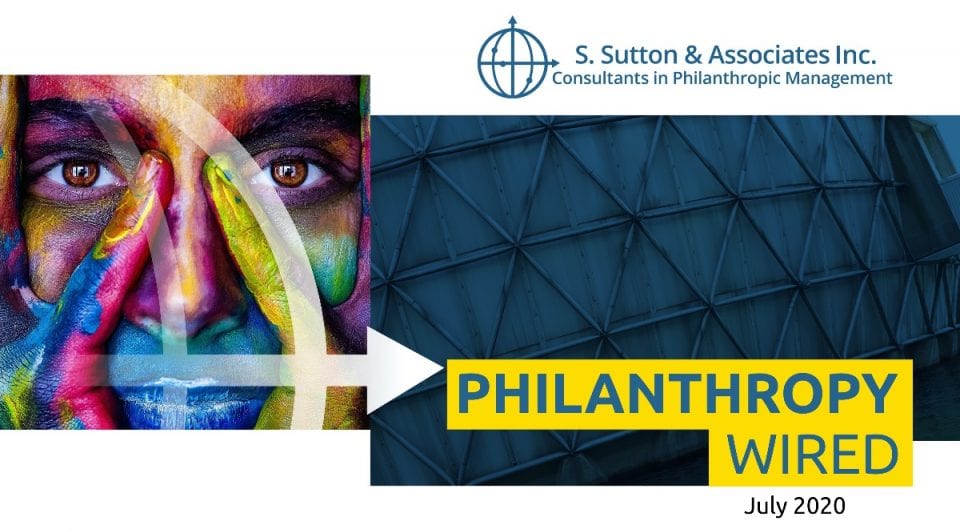
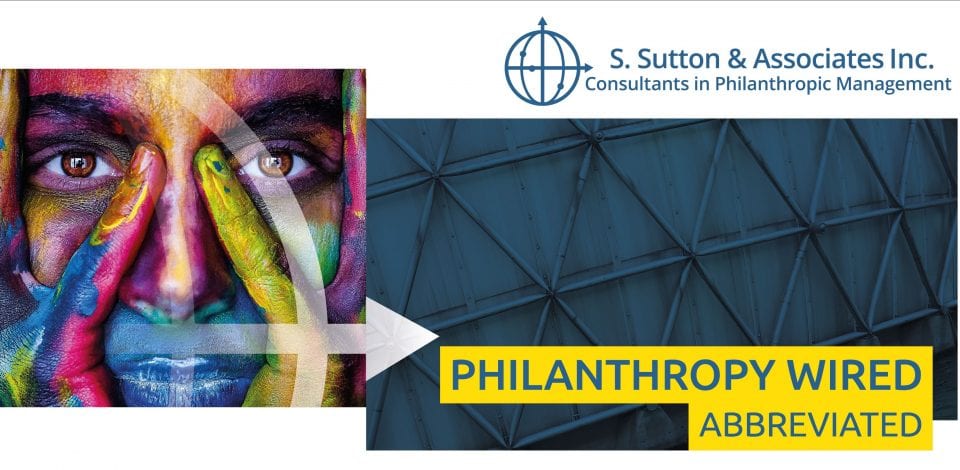
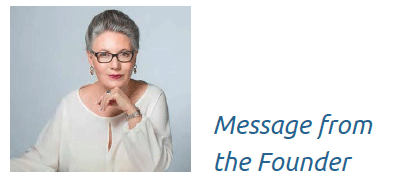

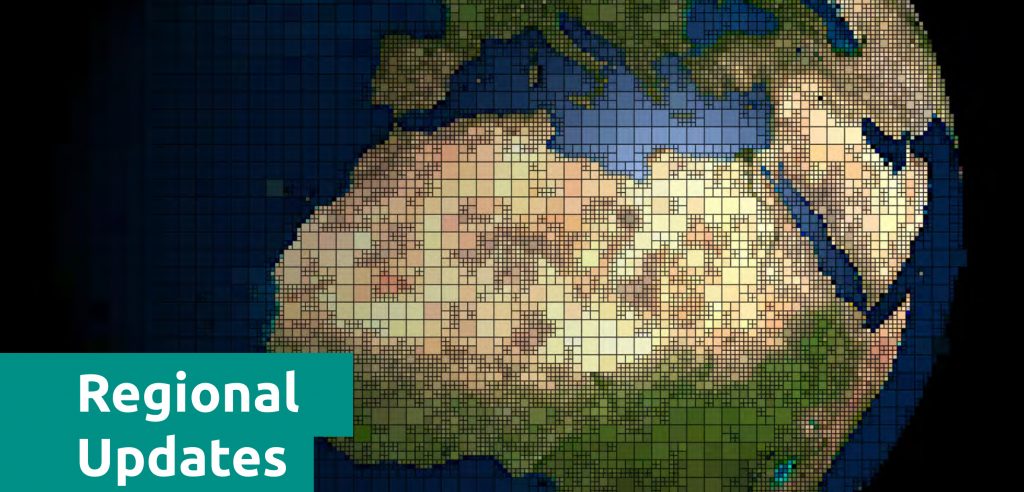








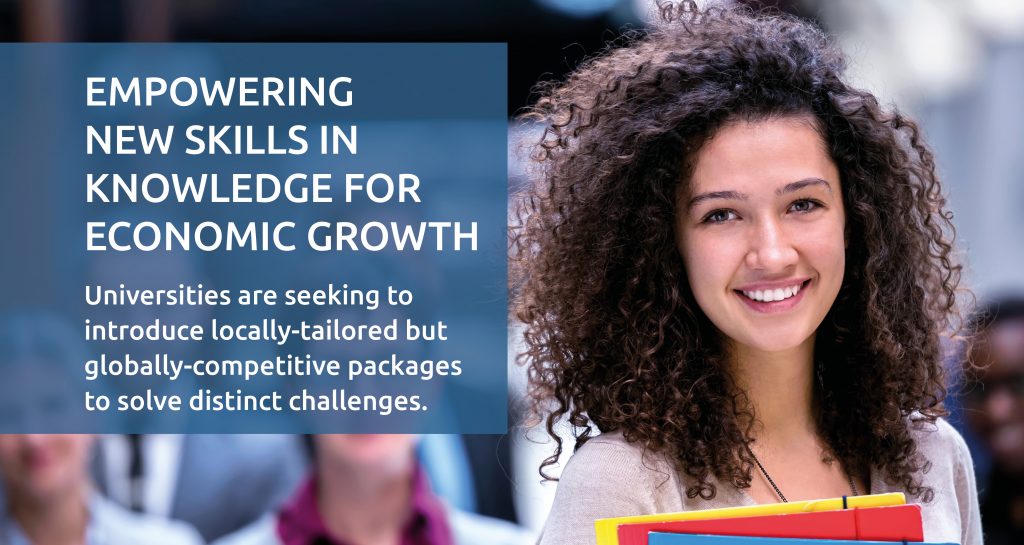
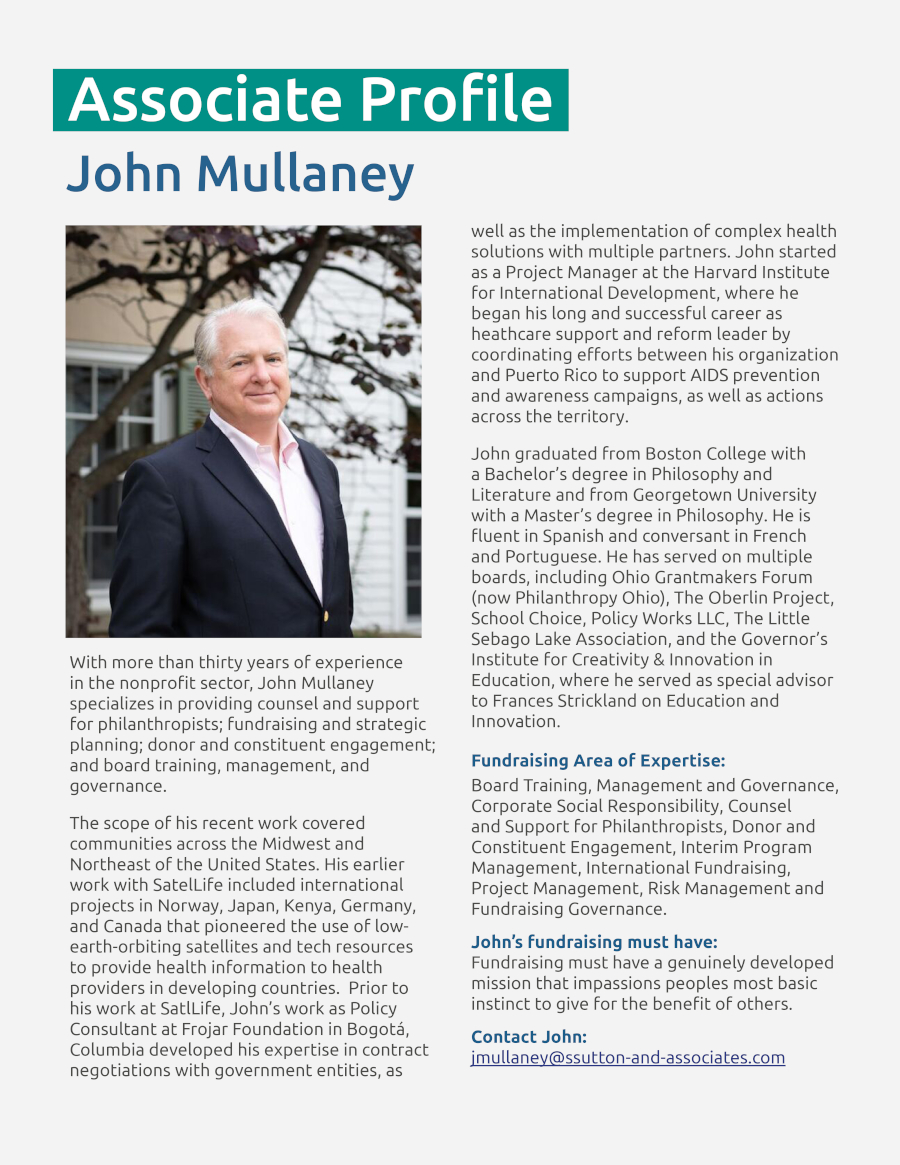
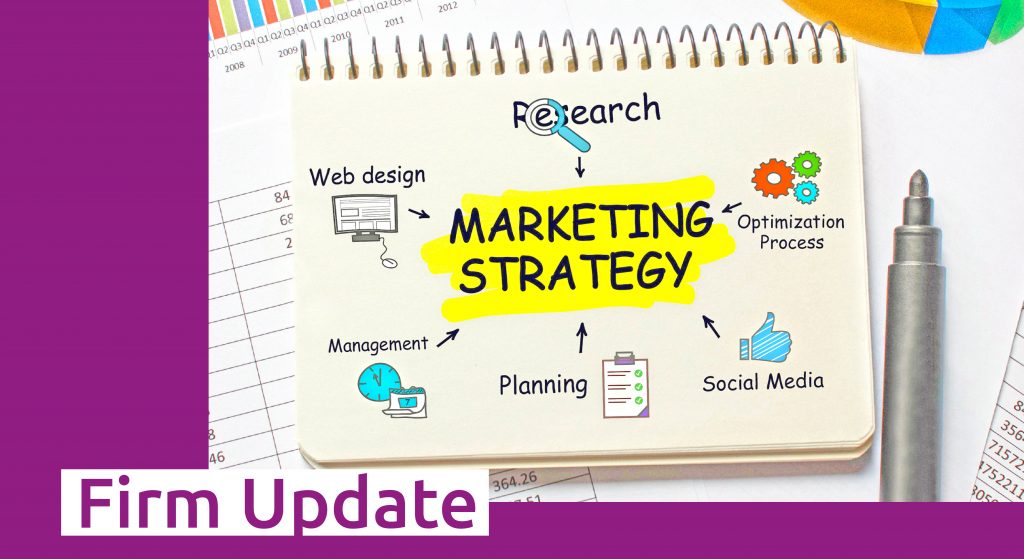









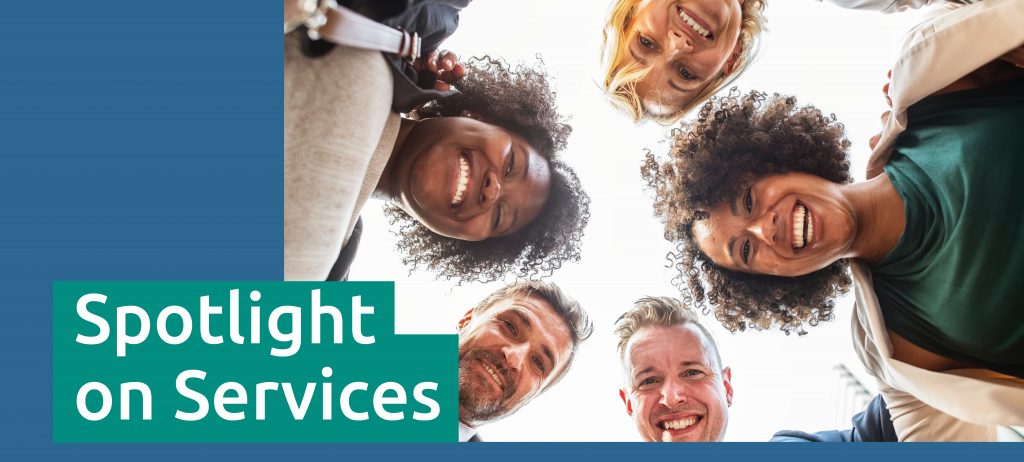
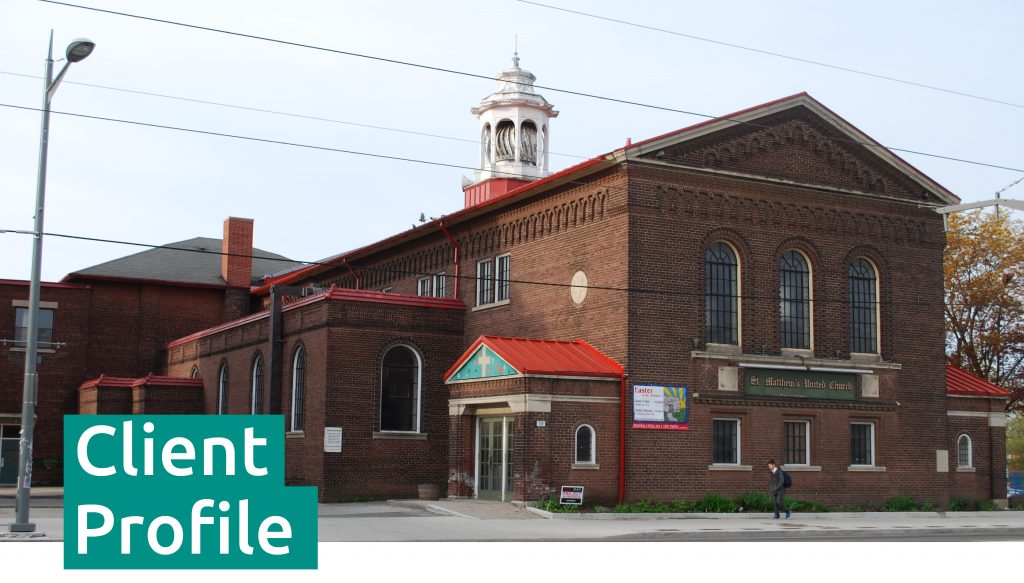
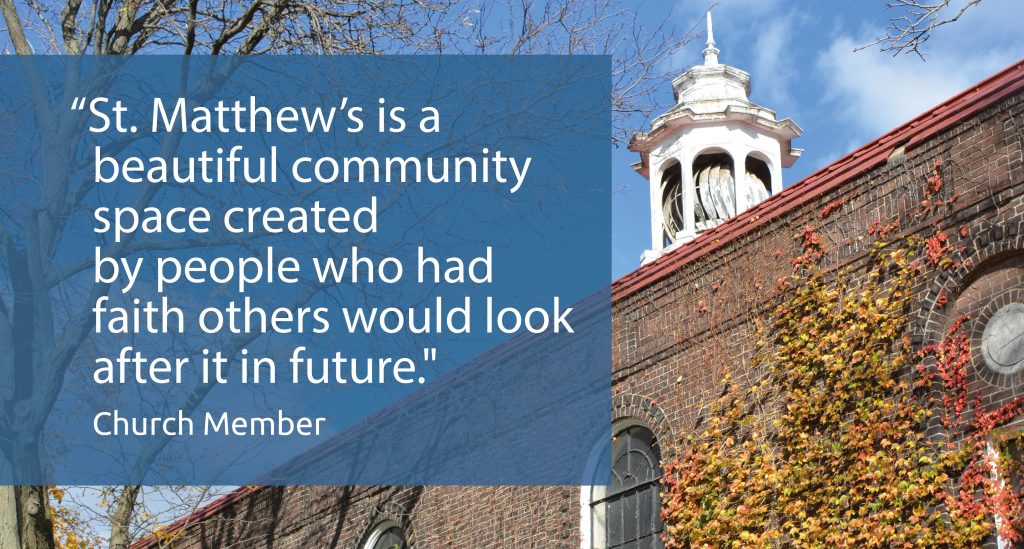

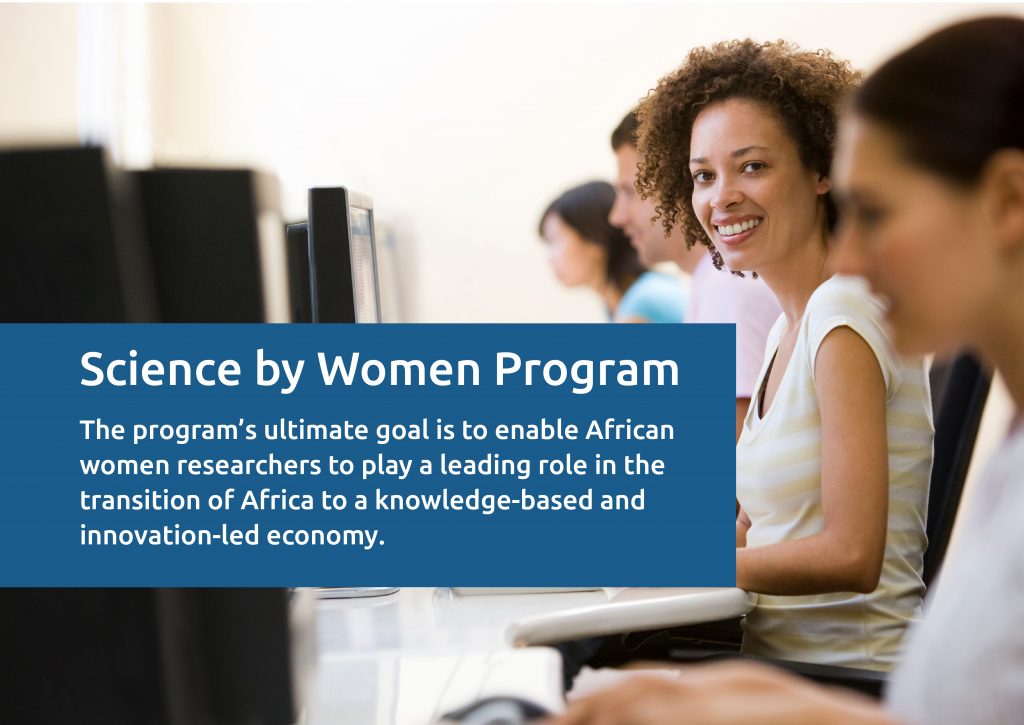
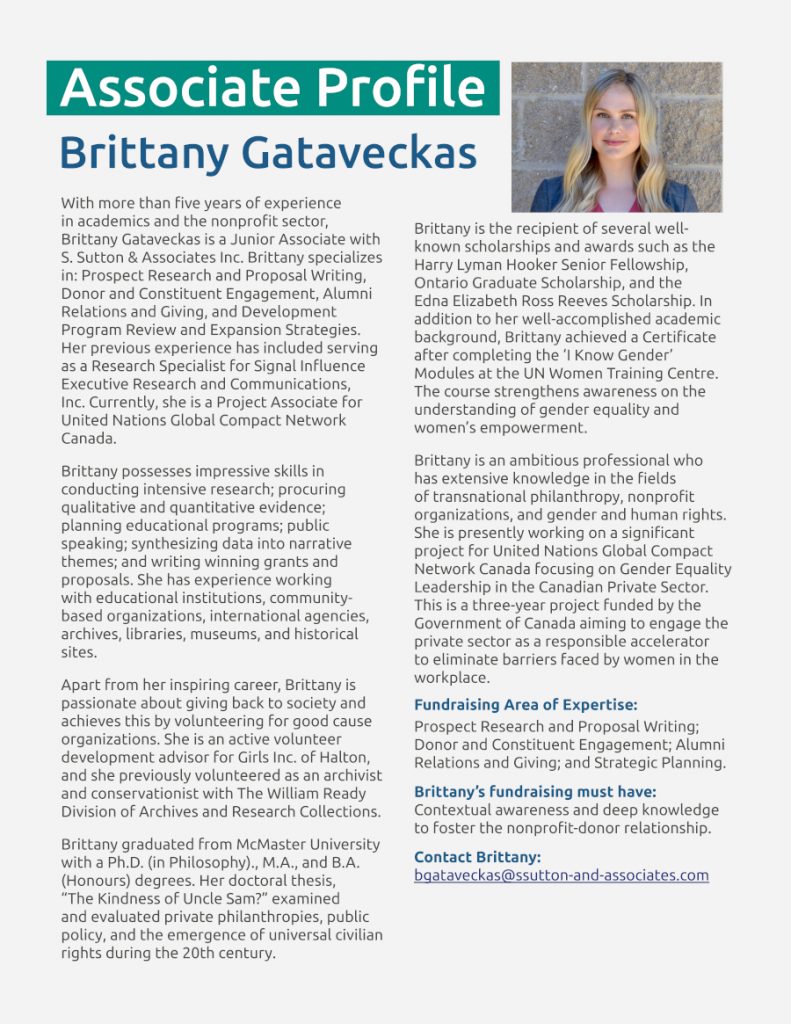



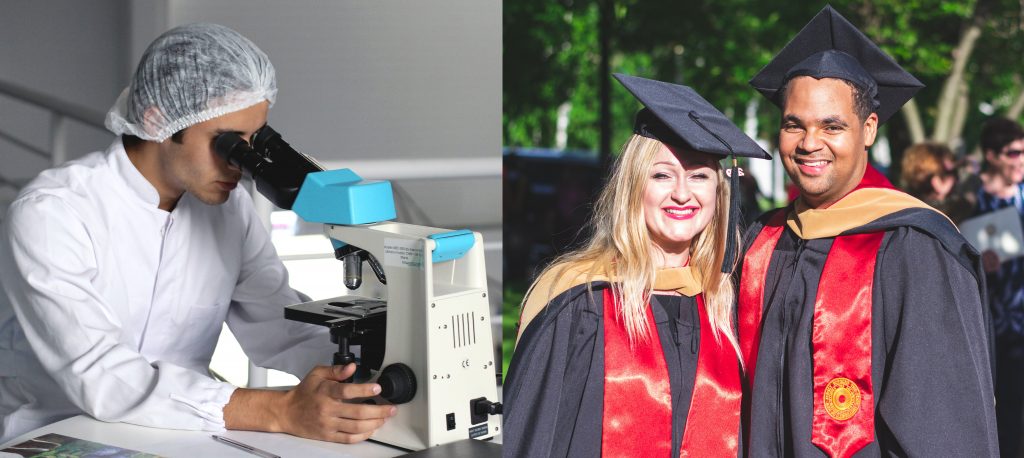
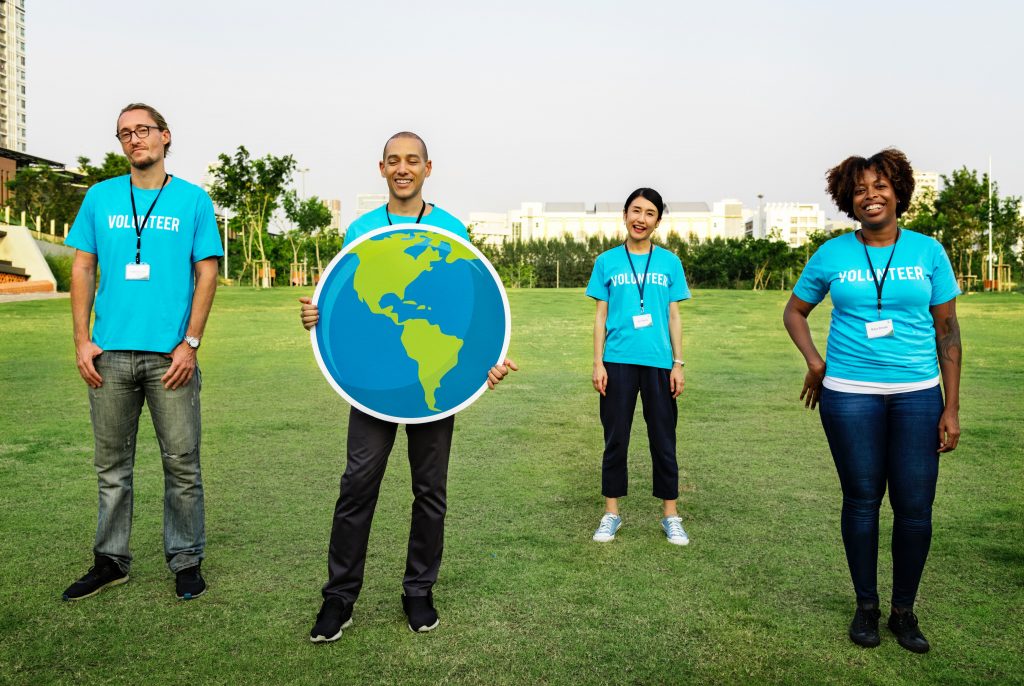
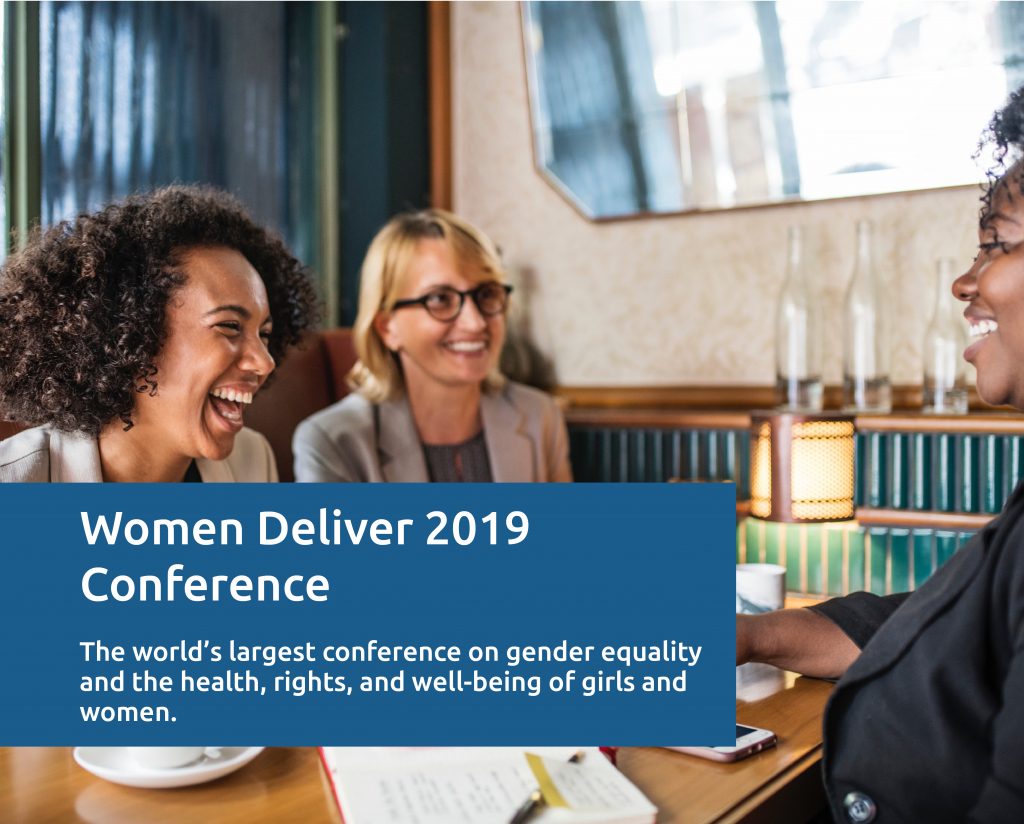
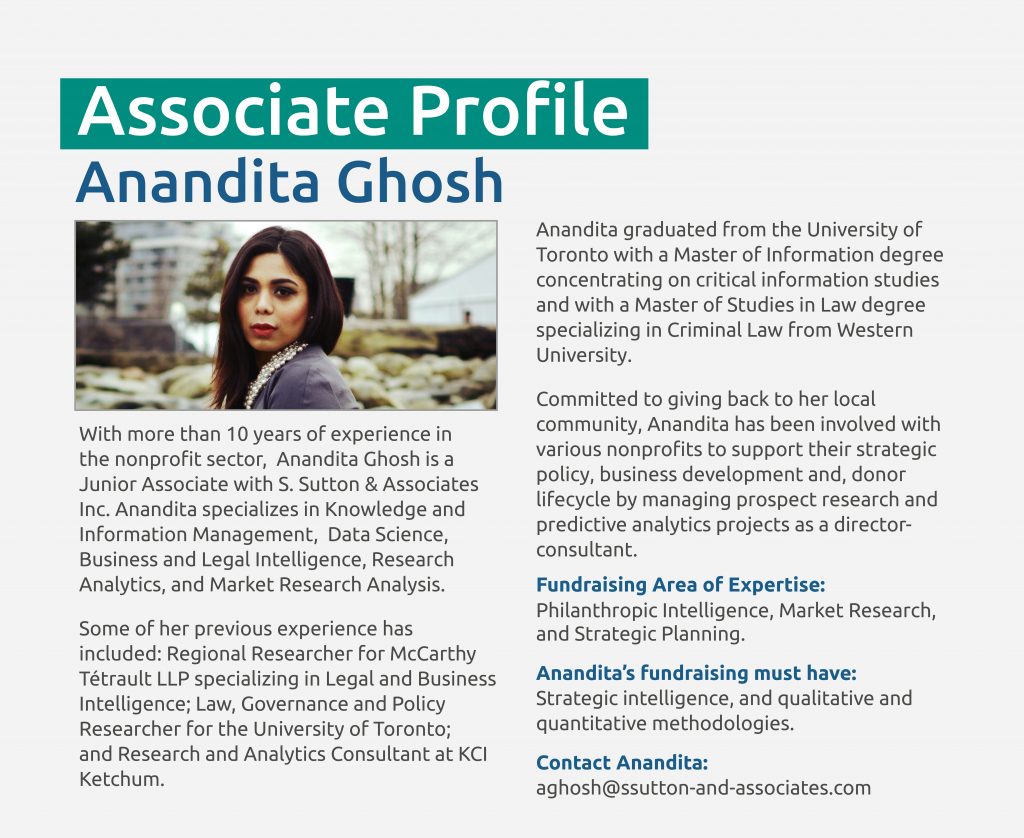
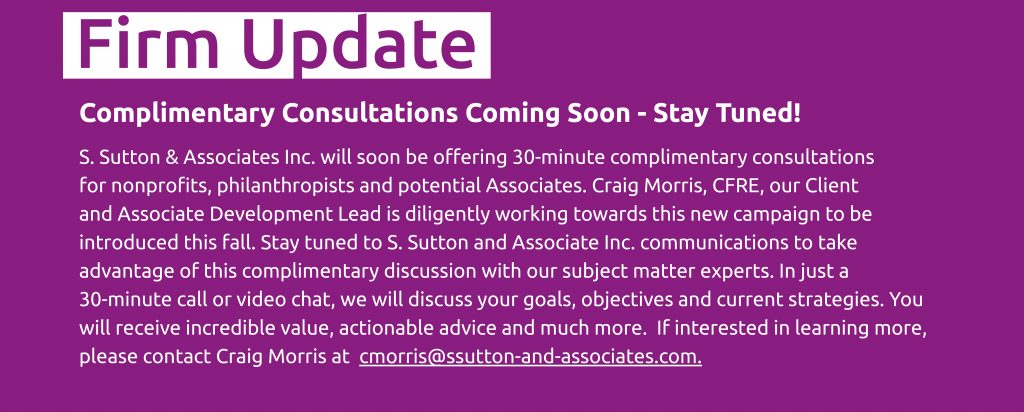








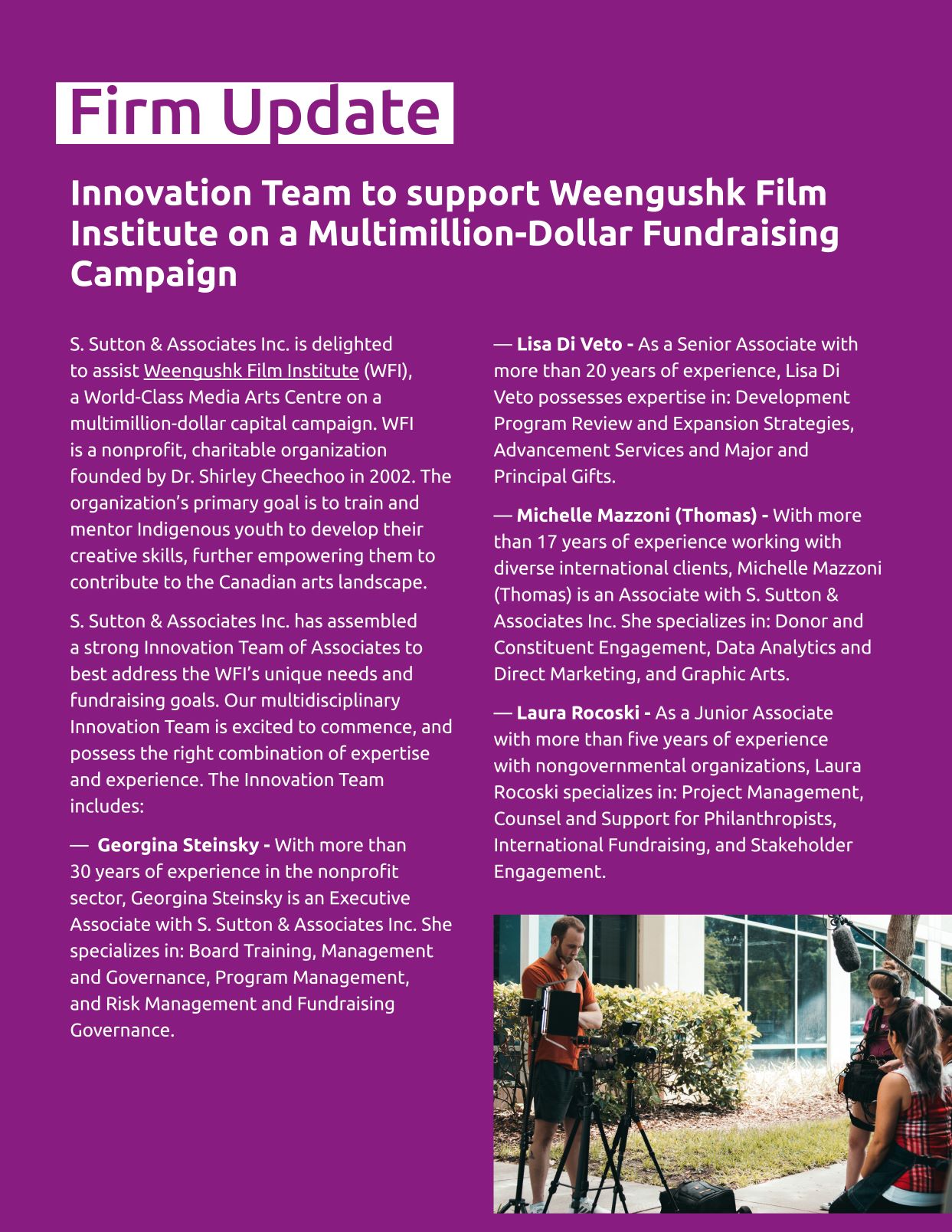
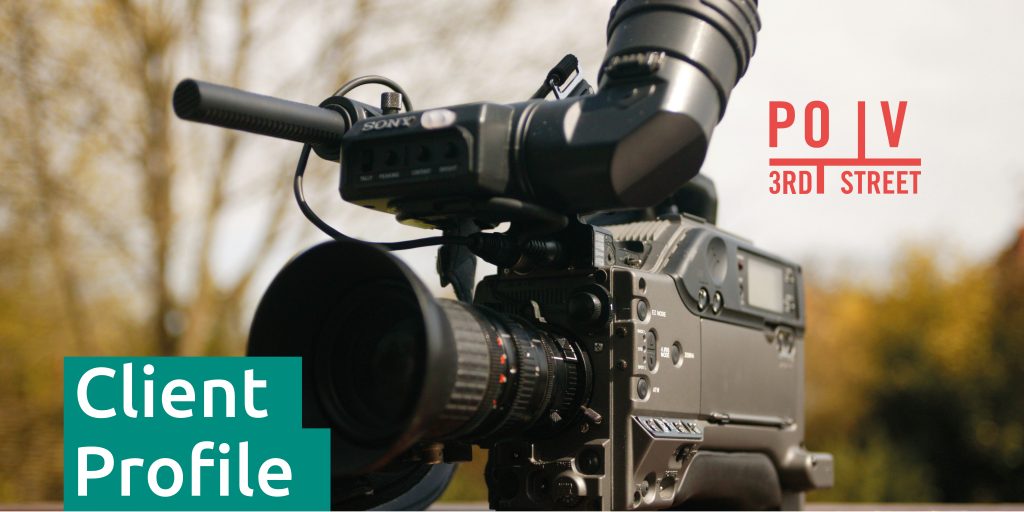
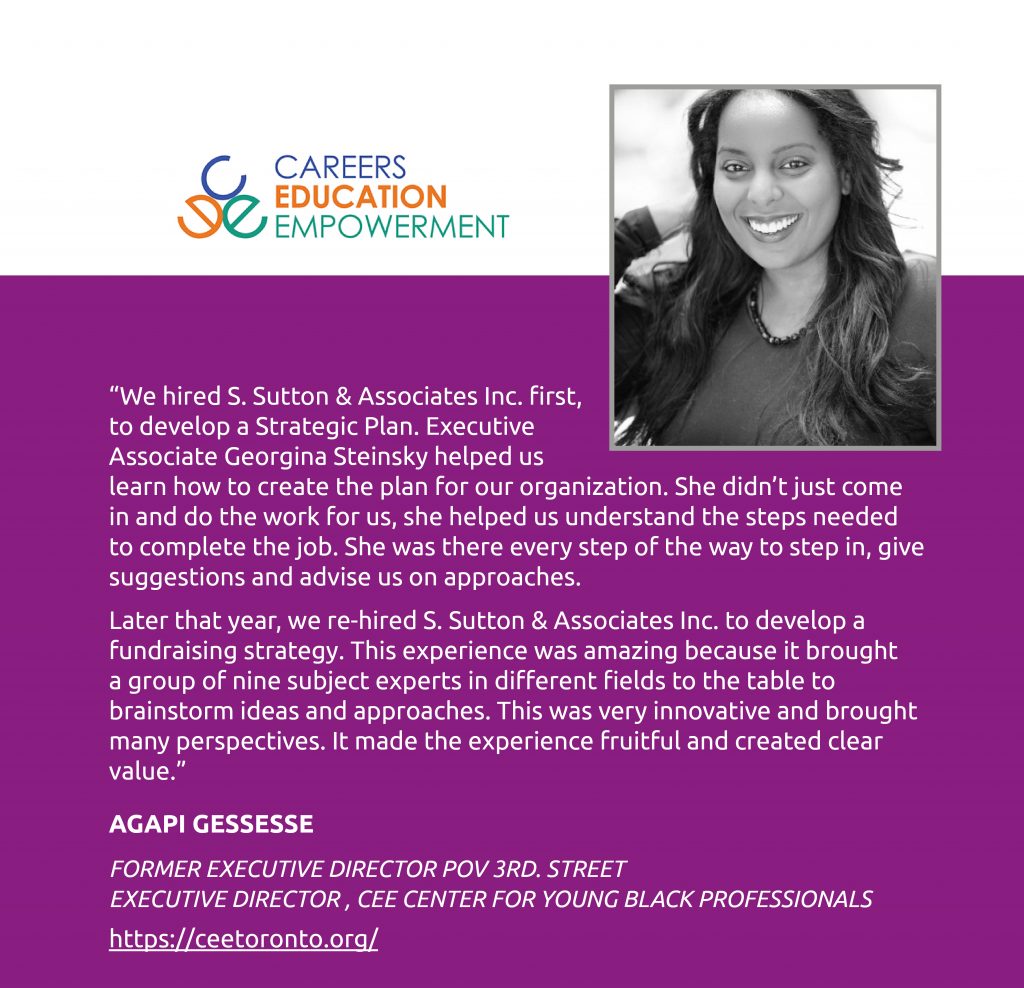



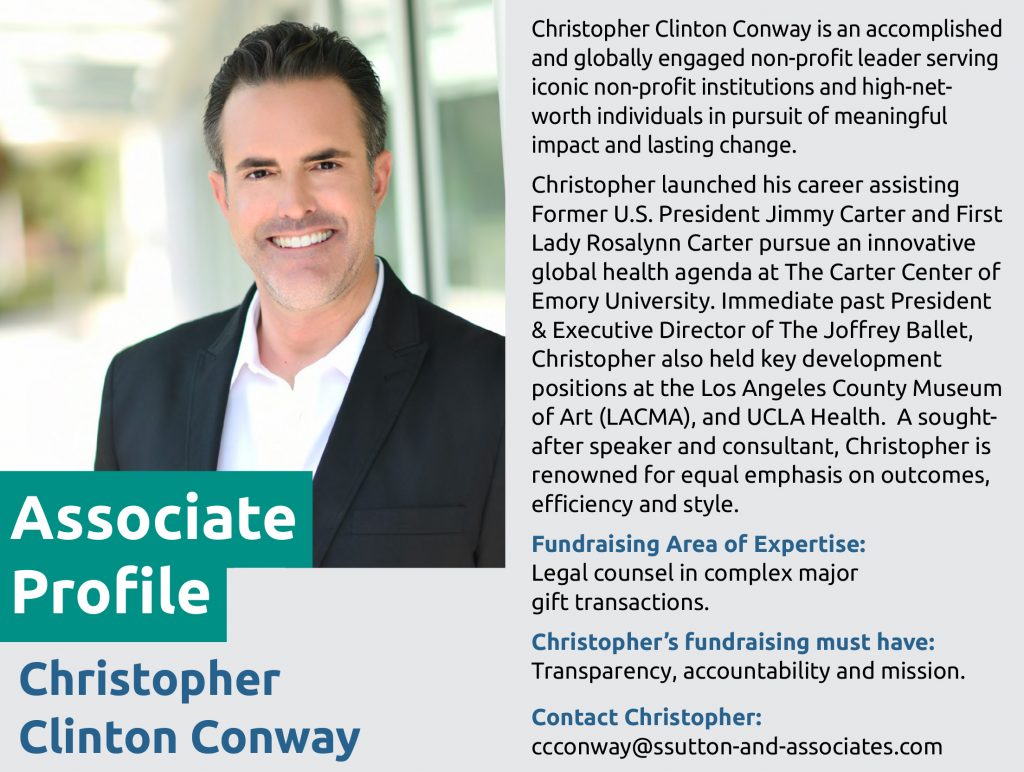



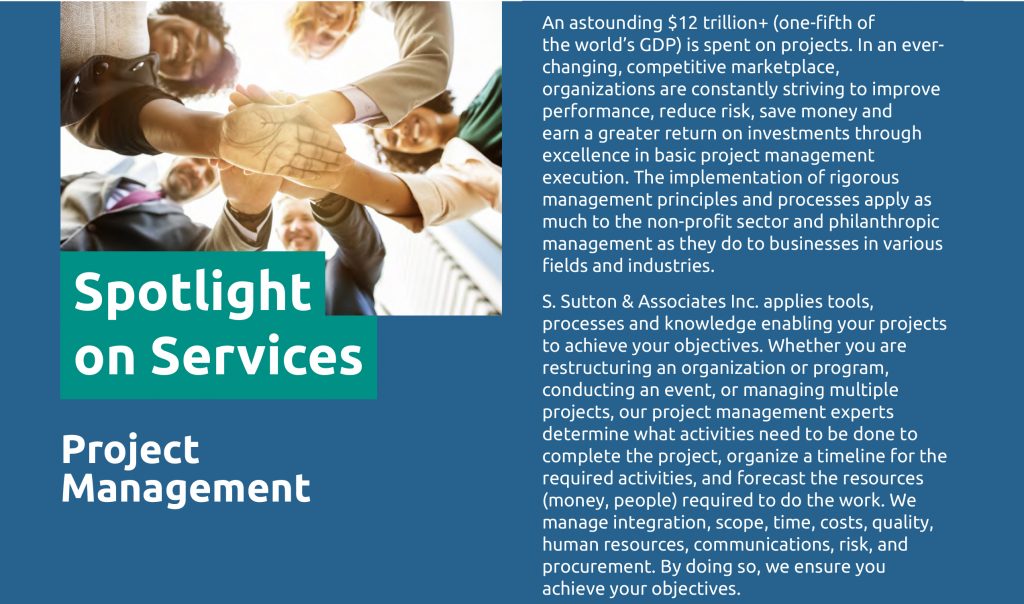

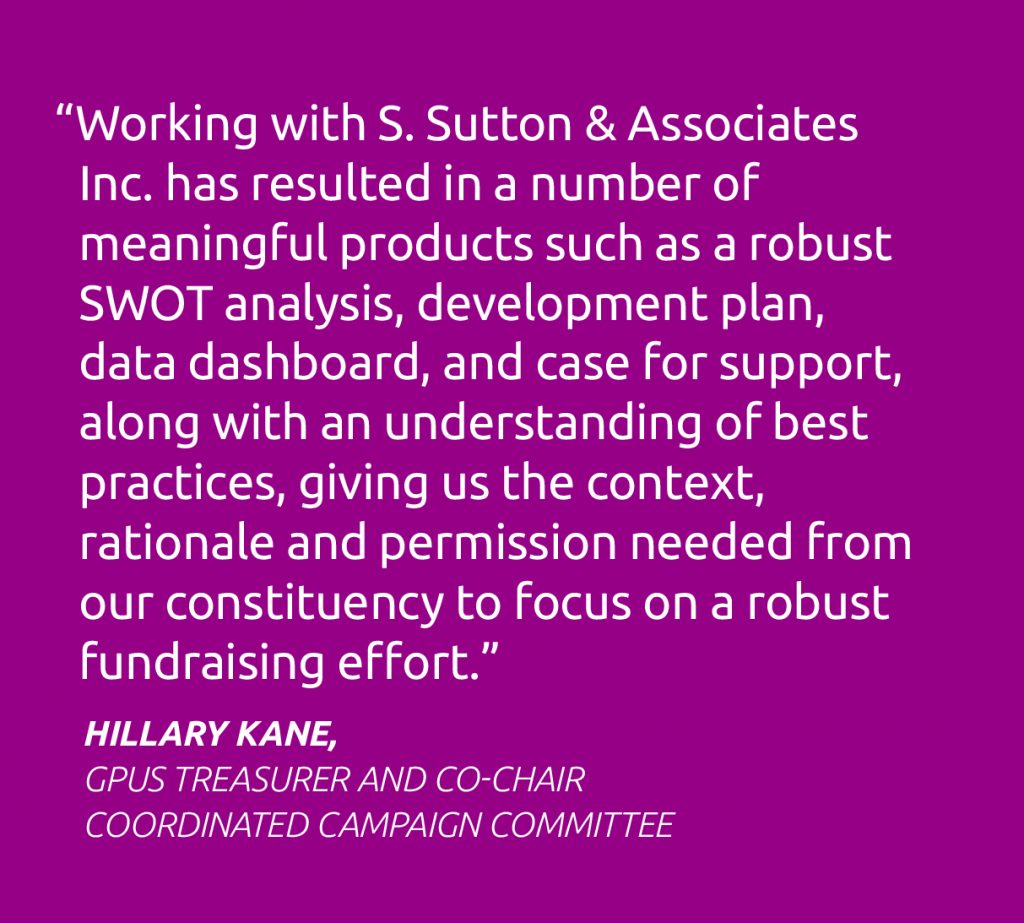




 www.SSutton-and-Associates.com
www.SSutton-and-Associates.com